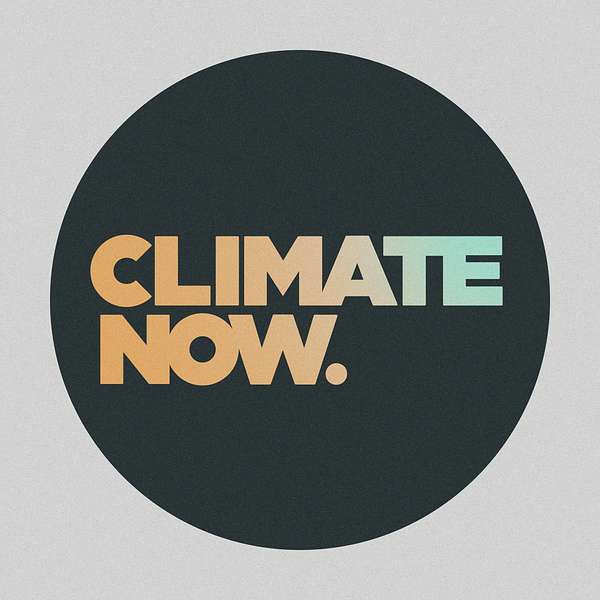
Climate Now
Explaining the key scientific ideas, technologies, and policies relevant to the global climate crisis. Visit climatenow.com for more information, video series, and events.
Climate Now
Can oceans save us? Part II: The tricky science of ocean carbon capture
Did you know plastic bags were originally intended to be an environmental solution? The idea was to replace paper bags in an effort to reduce deforestation. In 1935, cane toads were another fix - they were introduced to Australian sugarcane plantations to control insect pests. But, the ecological disaster this invasive species created far outweighed their agricultural benefit. It is often hard to anticipate the downstream environmental impacts of our actions, even when we are working in good faith to solve a problem. Given the globally interconnected nature of the oceans, and the reality that oceans are so underexplored that we have better maps of other planets in our solar system than we do of the ocean floor, ocean carbon dioxide removal technologies are a category ripe for unintended consequences.
So does it make sense to proceed, to continue developing ocean CDR technologies? What are start-ups doing to determine whether their approaches will be safe and effective? What kind of regulatory oversight will be needed for these technologies, and what kinds of information will they have to consider to assess safety and efficacy?
In this second installment of our three-part series, we apply a healthy dose of skepticism to these developing ocean CDR technologies. We ask how we can effectively monitor the impacts of ocean CDR, if it can be done at all, and who should be doing it.
Follow us on Twitter, LinkedIn, Facebook, and Instagram.
Contact us at contact@climatenow.com
Visit our website for all of our content and sources for each episode.